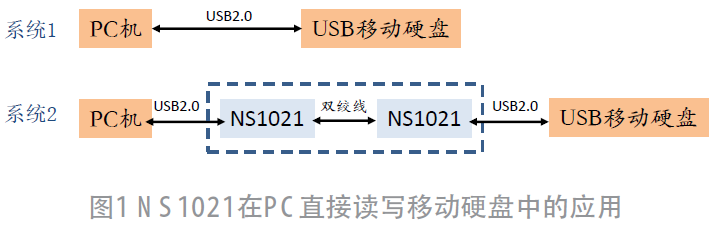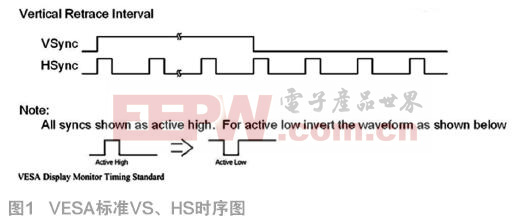pcmcia接口解释
PCMCIA是英文“PERSONAL COMPUTER MEMORY CARD INTERNATIONAL ASSOCIATION”的缩写,PCMCIA定义了三种不同型式的卡,它PCMCIA(PC机内存卡国际联合会的缩写)是一个有300多个成员公司的国际标准组织和贸易联合会,该组织成立于1989年,目的是建立一项集成电路国际标准,提高移动计算机的互换性。这种计算机要求强度高,能耗低,尺寸小,而且对这几条性能的要求都很高。由于可移动计算机用户的需求变了,所以PC卡的标准也相应地变了。1991年,PCMCIA定义了原本用于内存卡的68个脚的I/O连接线路标准。同时增加了插槽使用说明。生产商意识到软件需要提高兼容性,因而这项标准也就得到了相应的应用。
| pcmcia接口引脚定义表 |
| Pin | Name | Dir | Description |
|---|---|---|---|
| 1 | GND | Ground | |
| 2 | D3 | Data 3 | |
| 3 | D4 | Data 4 | |
| 4 | D5 | Data 5 | |
| 5 | D6 | Data 6 | |
| 6 | D7 | Data 7 | |
| 7 | /CE1 | Card Enable 1 | |
| 8 | A10 | Address 10 | |
| 9 | /OE | Output Enable | |
| 10 | A11 | Address 11 | |
| 11 | A9 | Address 9 | |
| 12 | A8 | Address 8 | |
| 13 | A13 | Address 13 | |
| 14 | A14 | Address 14 | |
| 15 | /WE:/P | Write Enable : Program | |
| 16 | /READY:/IREQ | Ready : Busy (IREQ) | |
| 17 | VCC | +5V | |
| 18 | VPP1 | Programming Voltage (EPROM) | |
| 19 | A16 | Address 16 | |
| 20 | A15 | Address 15 | |
| 21 | A12 | Address 12 | |
| 22 | A7 | Address 7 | |
| 23 | A6 | Address 6 | |
| 24 | A5 | Address 5 | |
| 25 | A4 | Address 4 | |
| 26 | A3 | Address 3 | |
| 27 | A2 | Address 2 | |
| 28 | A1 | Address 1 | |
| 29 | A0 | Address 0 | |
| 30 | D0 | Data 0 | |
| 31 | D1 | Data 1 | |
| 32 | D2 | Data 2 | |
| 33 | /WP:/IOIS16 | Write Protect : IOIS16 | |
| 34 | GND | Ground | |
| 35 | GND | Ground | |
| 36 | /CD1 | Card Detect 1 | |
| 37 | D11 | Data 11 | |
| 38 | D12 | Data 12 | |
| 39 | D13 | Data 13 | |
| 40 | D14 | Data 14 | |
| 41 | D15 | Data 15 | |
| 42 | /CE2 | Card Enable 2 | |
| 43 | /VS1 | Refresh | |
| 44 | /IORD | ? | I/O Read |
| 45 | /IOWR | ? | I/O Write |
| 46 | A17 | Address 17 | |
| 47 | A18 | Address 18 | |
| 48 | A19 | Address 19 | |
| 49 | A20 | Address 20 | |
| 50 | A21 | Address 21 | |
| 51 | VCC | +5V | |
| 52 | VPP2 | Programmeing Voltage 2 (EPROM) | |
| 53 | A22 | Address 22 | |
| 54 | A23 | Address 23 | |
| 55 | A24 | Address 24 | |
| 56 | A25 | Address 25 | |
| 57 | /VS2 | ? | RFU |
| 58 | RESET | ? | RESET |
| 59 | /WAIT | ? | WAIT |
| 60 | /INPACK | ? | |
| 61 | /REG | Register Select | |
| 62 | /BVD2:SPKR | Battery Voltage Detect 2 : SPKR | |
| 63 | /BVD1:STSCHG | Battery Voltage Detect 1 : STSCHG | |
| 64 | D8 | Data 8 | |
| 65 | D9 | Data 9 | |
| 66 | D10 | Data 10 | |
| 67 | /CD2 | Card Detect 2 | |
| 68 | GND | Ground |
PCMCIA总线分为两类,一类为16位的PCMCIA,另一类为32位的CardBus。
CardBus是一种用于笔记本计算机的新的高性能PC卡总线接口标准,就像广泛地应用在台式计算机中的PCI总线一样。该总线标准与原来的PC卡标准相比,具有以下的优势:第一,32位数据传输和33MHz操作。CardBus快速以太网PC卡的最大吞吐量接近90 Mbps,而16位快速以太网PC卡仅能达到20-30 Mbps。第二,总线自主。使PC卡可以独立于主CPU,与计算机内存间直接交换数据,这样CPU就可以处理其它的任务。第三,3.3V供电,低功耗。提高了电池的寿命,降低了计算机内部的热扩散,增强了系统的可靠性。第四,后向兼容16位的PC卡。老式以太网和Modem设备的PC卡仍然可以插在CardBus插槽上使用。
高版本的PCMCIA卡接口一般都可以很好地兼容低版本的卡。也就是说一个Type I插槽只可以插入一张Type I 卡;一个Type II插槽可以插入一张Type II卡或一张Type I的卡;一个TypeIII的插槽则除了可以插入一张Type III卡外还可以插入两张兼容的Type I或Type II卡。

加入微信
获取电子行业最新资讯
搜索微信公众号:EEPW
或用微信扫描左侧二维码

